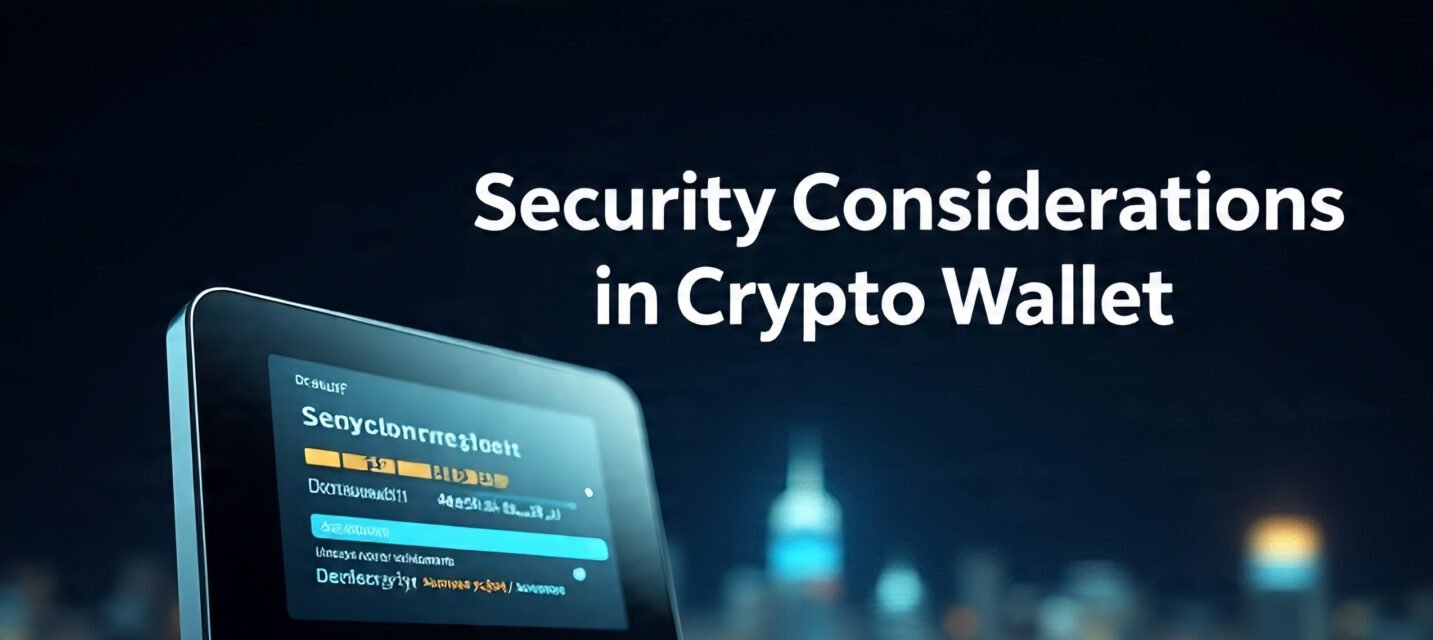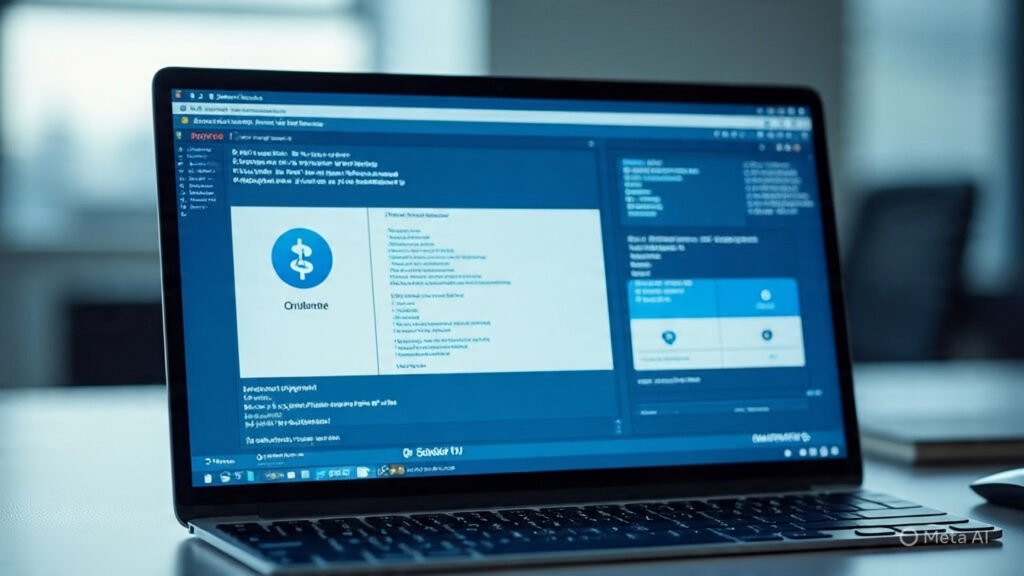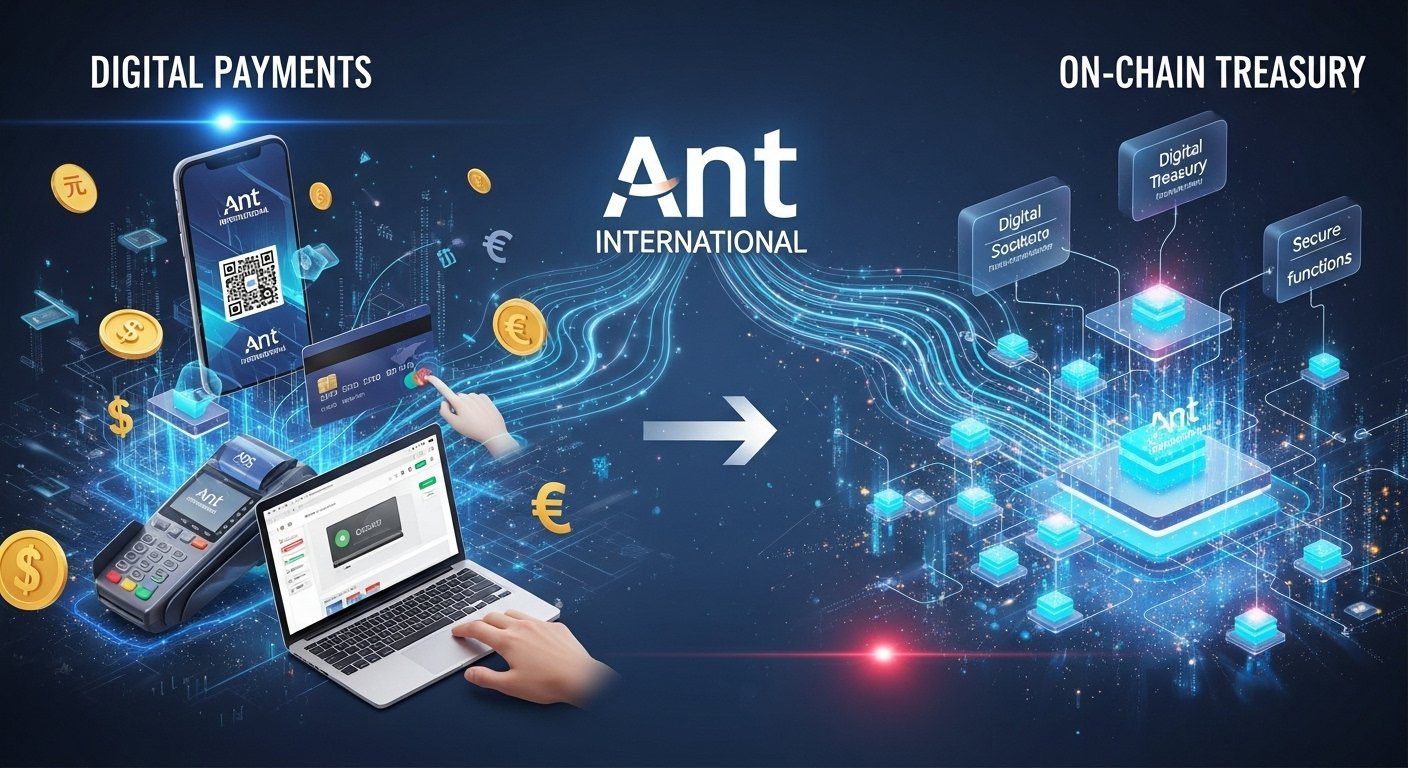The cryptocurrency revolution has transformed how we think about money, and at the heart of this transformation lies cryptocurrency wallet development. As digital assets continue to gain mainstream adoption, the demand for secure, user-friendly crypto wallets has skyrocketed. Whether you’re an entrepreneur looking to enter the fintech space or a developer seeking to understand the intricacies of blockchain technology, mastering cryptocurrency wallet development is essential in today’s digital economy. This comprehensive guide will walk you through everything you need to know about building robust, secure, and feature-rich cryptocurrency wallets that meet modern user expectations and industry standards.
What is Cryptocurrency Wallet Development?
Cryptocurrency wallet development refers to the process of creating digital applications that enable users to store, send, receive, and manage their digital assets securely. Unlike traditional banking applications, crypto wallets interact directly with blockchain networks, requiring specialized knowledge of cryptographic protocols, blockchain technology, and security best practices.
The development process involves creating both the user interface and the underlying infrastructure that handles private key management, transaction signing, and blockchain communication. Modern cryptocurrency wallet development encompasses various wallet types, from simple mobile apps to complex multi-signature enterprise solutions.
A well-developed crypto wallet serves as the gateway between users and the decentralized financial ecosystem. It must balance security, usability, and functionality while ensuring compliance with evolving regulatory requirements.
Types of Cryptocurrency Wallets in Development

Hot Wallets
Hot wallets remain connected to the internet and offer convenient access to digital assets. These include:
Web Wallets: Browser-based solutions that provide instant access but require robust security measures to protect against online threats.
Mobile Wallets: Smartphone applications that combine convenience with features like QR code scanning and push notifications for transactions.
Desktop Wallets: Computer applications offering enhanced security compared to web wallets while maintaining user-friendly interfaces.
Cold Wallets
Cold storage solutions prioritize security by keeping private keys offline:
Hardware Wallets: Physical devices that store private keys securely and sign transactions offline before broadcasting to the network.
Paper Wallets: Physical documents containing printed private and public keys, offering maximum security but limited functionality.
Hybrid Solutions
Modern cryptocurrency wallet development often focuses on hybrid approaches that combine the convenience of hot wallets with the security of cold storage through features like multi-signature authentication and hierarchical deterministic (HD) wallet structures.
Essential Features for Modern Crypto Wallet Development
Core Security Features
Security remains the cornerstone of successful cryptocurrency wallet development. Essential security features include:
Multi-layer Encryption: Implementing AES-256 encryption for private key storage and secure communication protocols for all transactions.
Two-Factor Authentication (2FA): Adding extra layers of security through SMS, email, or authenticator app verification.
Biometric Authentication: Integrating fingerprint, face recognition, or voice authentication for enhanced user experience and security.
Multi-signature Support: Enables multiple signatures for transaction approval, which is particularly important for enterprise and institutional users.
User Experience Features
Intuitive Interface Design: Creating clean, user-friendly interfaces that make complex blockchain interactions accessible to mainstream users.
Real-time Portfolio Tracking: Providing live updates on asset values, transaction history, and portfolio performance.
Cross-platform Synchronization: Ensuring a seamless experience across multiple devices and platforms.
Multi-currency Support: Supporting various cryptocurrencies and tokens to meet diverse user needs.
Advanced Functionality
DeFi Integration: Connecting users to decentralized finance protocols for lending, borrowing, and yield farming opportunities.
NFT Support: Enabling users to store, view, and trade non-fungible tokens directly within the wallet interface.
Staking Capabilities: Allowing users to participate in proof-of-stake networks and earn rewards.
Exchange Integration: Providing built-in trading capabilities through partnerships with cryptocurrency exchanges.
The Cryptocurrency Wallet Development Process
Planning and Research Phase
The development journey begins with comprehensive market research and technical planning. Understanding target audience needs, analyzing competitor solutions, and defining unique value propositions form the foundation of successful projects.
Developers must choose the appropriate blockchain networks to support, considering factors like transaction fees, speed, and ecosystem maturity. Popular choices include Ethereum, Bitcoin, Binance Smart Chain, and emerging networks like Solana and Polygon.
Architecture Design
Creating a scalable, secure architecture requires careful consideration of:
Backend Infrastructure: Designing a robust server architecture capable of handling high transaction volumes while maintaining security standards.
Database Design: Implementing secure, encrypted storage solutions for user data and transaction history.
API Integration: Developing reliable connections to blockchain networks and external services like price feeds and exchange APIs.
Development and Testing
The coding phase involves implementing core wallet functionality, user interfaces, and security measures. Rigorous testing protocols ensure the wallet performs reliably under various conditions and stress scenarios.
Security Testing: Conducting penetration testing, vulnerability assessments, and code audits to identify and resolve potential security issues.
Performance Testing: Evaluating wallet performance under high-load conditions and optimizing for speed and reliability.
User Acceptance Testing: Gathering feedback from real users to refine the user experience and identify usability improvements.
Security Considerations in Crypto Wallet Development

Private Key Management
The most critical aspect of cryptocurrency wallet development involves secure private key generation, storage, and management. Developers must implement industry-standard cryptographic libraries and ensure private keys never leave the user’s device in unencrypted form.
Hierarchical Deterministic (HD) Wallets: Implementing HD wallet structures allows users to generate multiple addresses from a single seed phrase, improving privacy and organization.
Seed Phrase Security: Ensuring secure generation and storage of mnemonic seed phrases that users can use to recover their wallets.
Network Security
SSL/TLS Encryption: Implementing end-to-end encryption for all network communications to prevent man-in-the-middle attacks.
API Security: Securing all API endpoints with proper authentication, rate limiting, and input validation to prevent unauthorized access.
Transaction Verification: Implementing robust transaction verification mechanisms to prevent double-spending and ensure transaction integrity.
User Education and Security Features
Security Warnings: Implementing clear warnings about phishing attempts, suspicious transactions, and security best practices.
Backup and Recovery: Providing multiple backup options and clear recovery procedures to prevent permanent loss of funds.
Address Verification: Implementing address verification features to prevent users from sending funds to incorrect addresses.
Technology Stack for Wallet Development
Frontend Technologies
React Native/Flutter: Cross-platform development frameworks that enable building applications for both iOS and Android from a single codebase.
Web Technologies: HTML5, CSS3, and JavaScript frameworks like React or Vue.js for web-based wallet interfaces.
Native Development: Swift for iOS and Kotlin/Java for Android when platform-specific optimization is required.
Backend Technologies
Node.js: Popular choice for backend development due to its JavaScript ecosystem and extensive blockchain libraries.
Python: Excellent for blockchain integration and data processing with libraries like Web3.py and extensive cryptographic support.
Go: Increasingly popular for blockchain applications due to its performance and concurrency features.
Blockchain Integration
Web3 Libraries: Essential tools for interacting with Ethereum and compatible networks, handling smart contract interactions, and transaction broadcasting.
Bitcoin Core: For Bitcoin integration, providing reliable access to the Bitcoin network and transaction processing.
Custom RPC Connections: Direct connections to blockchain nodes for optimal performance and reliability.
Cost Factors in Cryptocurrency Wallet Development
Development Team Requirements
Building a professional-grade crypto wallet requires a skilled development team including:
Blockchain Developers: Specialists in cryptocurrency protocols and innovative contract development, typically commanding $80-150 per hour.
Mobile/Web Developers: Frontend developers experienced in creating intuitive user interfaces for financial applications.
Security Experts: Cybersecurity professionals specializing in cryptocurrency and blockchain security measures.
UI/UX Designers: Designers focused on creating user-friendly interfaces for complex financial operations.
Time and Resource Investment
Basic Wallet Development: Simple wallets with core functionality typically require 3-6 months of development time.
Advanced Feature Integration: Adding features like DeFi integration, NFT support, and multi-chain compatibility can extend development timelines to 8-12 months.
Security Audits: Professional security audits are essential and typically cost $15,000-50,00,0, depending on the complexity of the wallet.
Ongoing Maintenance Costs
Infrastructure Costs: Server hosting, blockchain node maintenance, and third-party API subscriptions typically range from $ 500 to $5,000 monthly.
Updates and Patches: Regular updates to support new blockchain features and security improvements require ongoing development resources.
Compliance and Legal: Ensuring regulatory compliance across different jurisdictions may require legal consultation and ongoing compliance monitoring.
Regulatory Compliance and Legal Considerations
Know Your Customer (KYC) and Anti-Money Laundering (AML)
Modern cryptocurrency wallet development must incorporate compliance features to meet regulatory requirements in various jurisdictions. This includes implementing KYC procedures for user verification and AML monitoring for suspicious transaction patterns.
Identity Verification: Integrating third-party identity verification services to comply with regulatory requirements while maintaining user privacy.
Transaction Monitoring: Implementing automated systems to detect and report suspicious transaction patterns as required by financial regulations.
Data Protection and Privacy
GDPR Compliance: Ensuring European users’ data rights are protected through proper data handling, storage, and deletion procedures.
Regional Regulations: Adapting wallet features and compliance measures to meet specific requirements in different countries and regions.
Privacy Features: Balancing regulatory compliance with user privacy through features like optional KYC and privacy-focused transaction options.
Testing and Quality Assurance
Security Testing Protocols
Penetration Testing: Conducting comprehensive security assessments to identify vulnerabilities in wallet infrastructure and user interfaces.
Code Audits: Performing detailed code reviews to ensure adherence to security best practices and identify potential bugs or vulnerabilities.
Stress Testing: Evaluating wallet performance under high-load conditions to ensure reliability during peak usage periods.
User Experience Testing
Usability Testing: Conducting user testing sessions to identify pain points and improve the overall user experience.
Cross-platform Testing: Ensuring consistent functionality across different devices, operating systems, and browsers.
Beta Testing Programs: Implementing controlled beta testing with real users to gather feedback and identify issues before public launch.
Future Trends in Crypto Wallet Development
Integration with Emerging Technologies
Artificial Intelligence: Implementing AI-powered features for portfolio optimization, market analysis, and fraud detection.
Internet of Things (IoT): Developing wallet solutions that integrate with IoT devices for seamless payment experiences.
Quantum-Resistant Security: Preparing for quantum computing threats by implementing quantum-resistant cryptographic algorithms.
Enhanced User Experiences
Social Features: Adding social elements like crypto gifting, group payments, and social trading features.
Gamification: Incorporating gaming elements to educate users about cryptocurrency and encourage engagement.
Voice and Gesture Controls: Implementing alternative interaction methods for improved accessibility and convenience.
Cross-chain Interoperability
Multi-chain Support: Developing wallets that seamlessly interact with multiple blockchain networks without requiring separate applications.
Atomic Swaps: Enabling direct cryptocurrency exchanges between different blockchain networks without centralized exchanges.
Bridge Integration: Connecting users to cross-chain bridge protocols for moving assets between different blockchain ecosystems.
Choosing the Right Development Partner
Technical Expertise Assessment
When selecting a development team for your cryptocurrency wallet project, evaluate their experience with blockchain technology, cryptographic security, and financial application development. Look for teams with proven track records in delivering secure, scalable wallet solutions.
Portfolio Review: Examine previous projects to assess code quality, security implementations, and user experience design.
Technical Stack Proficiency: Ensure the team has expertise in your chosen technology stack and blockchain platforms.
Security Focus: Verify the team’s commitment to security through their development processes, testing procedures, and audit practices.
Project Management and Communication
Agile Development: Choose teams that follow agile development methodologies for better project visibility and faster iteration cycles.
Regular Communication: Establish clear communication protocols for project updates, milestone reviews, and issue resolution.
Post-launch Support: Ensure the development team provides ongoing support, maintenance, and updates after the wallet launch.
Monetization Strategies for Crypto Wallets
Transaction Fees
Network Fee Markup: Add a small markup to blockchain transaction fees while providing value through a simplified user experience.
Express Transaction Options: Offering premium services for faster transaction processing with higher fees.
Additional Services
Exchange Integration: Earning commissions from integrated exchange services and trading features.
DeFi Protocol Partnerships: Generating revenue through partnerships with DeFi platforms and yield farming opportunities.
Premium Features: Offering advanced features like portfolio analytics, tax reporting, and institutional-grade security as paid upgrades.
Enterprise Solutions
White-label Licensing: Providing customizable wallet solutions to other businesses and financial institutions.
API Services: Offering wallet-as-a-service solutions for businesses looking to integrate cryptocurrency functionality.
Consulting Services: Leveraging wallet development expertise to provide blockchain consulting and implementation services.
Performance Optimization and Scalability
Technical Optimization
Efficient Blockchain Queries: Implementing optimized blockchain interaction protocols to reduce latency and improve user experience.
Caching Strategies: Utilizing intelligent caching mechanisms to reduce server load and improve application responsiveness.
Load Balancing: Implementing robust load balancing solutions to handle high user volumes and maintain consistent performance.
User Experience Optimization
Progressive Loading: Implementing progressive loading features to provide immediate feedback while background processes complete.
Offline Functionality: Developing offline capabilities for essential wallet functions when internet connectivity is limited.
Resource Management: Optimizing mobile applications for battery life and data usage to enhance user satisfaction.
Conclusion
Cryptocurrency wallet development represents one of the most exciting and challenging opportunities in today’s technology landscape. As the cryptocurrency ecosystem continues to evolve, the demand for sophisticated, secure, and user-friendly wallet solutions will only increase. Success in this field requires a deep understanding of blockchain technology, unwavering commitment to security, and focus on delivering exceptional user experiences.
Whether you’re planning to build a simple mobile wallet or a comprehensive enterprise solution, the key to successful cryptocurrency wallet development lies in thorough planning, expert execution, and ongoing adaptation to emerging technologies and user needs. The investment in professional development, security audits, and regulatory compliance will pay dividends in user trust and long-term success.




















